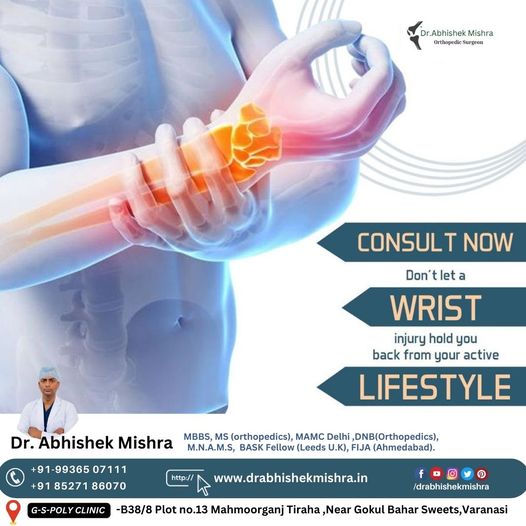The Role of Physical Therapy in Orthopedic Rehabilitation

Physical therapy plays a critical role in orthopedic rehabilitation, which focuses on the treatment and management of musculoskeletal conditions and injuries. Orthopedic conditions can affect bones, muscles, joints, ligaments, and tendons, and physical therapy is often an integral part of the recovery process. Here’s an overview of the role of physical therapy in orthopedic rehabilitation:
- Assessment and Diagnosis: Physical therapists are trained to evaluate musculoskeletal problems and assess the extent of the injury or condition. They work closely with orthopedic surgeons and other healthcare providers to establish a proper diagnosis and develop a personalized treatment plan.
- Pain Management: One of the primary goals of orthopedic rehabilitation is to alleviate pain. Physical therapists use various modalities, such as manual therapy, heat, cold, electrical stimulation, and ultrasound, to reduce pain and inflammation in affected areas.
- Restoration of Mobility and Function: Physical therapists design exercises and rehabilitation programs to improve mobility and function in injured or affected body parts. This may involve strengthening exercises, stretching, joint mobilization, and balance training.
- Post-Surgical Rehabilitation: After orthopedic surgery, such as joint replacement or ligament repair, physical therapy is essential for a successful recovery. Therapists guide patients through the rehabilitation process, helping them regain strength and range of motion while ensuring a safe and effective recovery.
- Preventing Recurrence: Physical therapists educate patients about proper body mechanics, ergonomics, and techniques to prevent future injuries or re-injury. They also work on improving posture and body awareness to reduce the risk of recurring orthopedic problems.
- Customized Treatment Plans: Each patient’s orthopedic condition is unique, so physical therapists create individualized treatment plans tailored to the patient’s specific needs and goals. These plans are designed to address the root causes of the problem and promote a full recovery.
- Education and Home Exercises: Physical therapists educate patients about their condition, treatment options, and how to perform exercises or stretches at home. Compliance with home exercise programs is crucial for long-term success.
- Monitoring Progress: Throughout the rehabilitation process, physical therapists closely monitor a patient’s progress and make adjustments to the treatment plan as needed. They assess improvements in strength, range of motion, pain levels, and overall function.
- Orthotic and Assistive Device Recommendations: When necessary, physical therapists may recommend orthotic devices like braces or orthopedic shoes to support and protect the affected area during rehabilitation.
- Patient Empowerment: Physical therapists empower patients to take an active role in their recovery by providing them with the knowledge and tools to manage their orthopedic condition effectively.
- Return to Activity or Sport: For individuals looking to return to sports or other physical activities after an injury, physical therapists help with sport-specific rehabilitation to ensure a safe return and reduce the risk of re-injury.

No responses yet